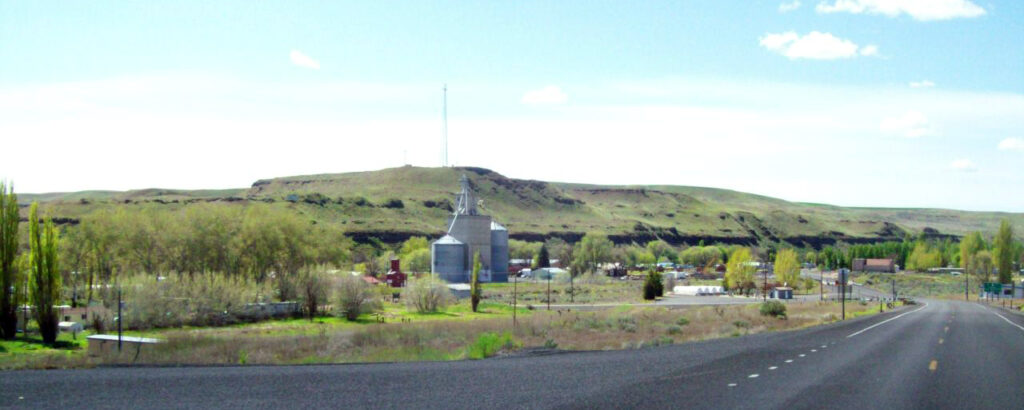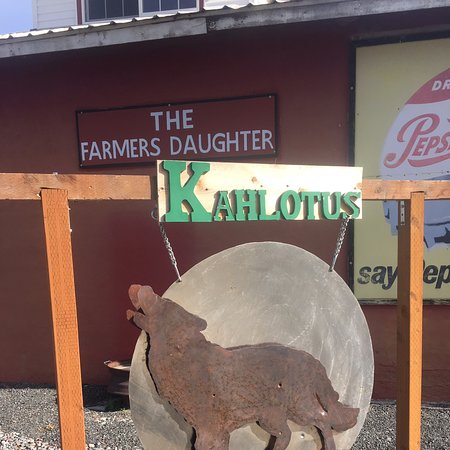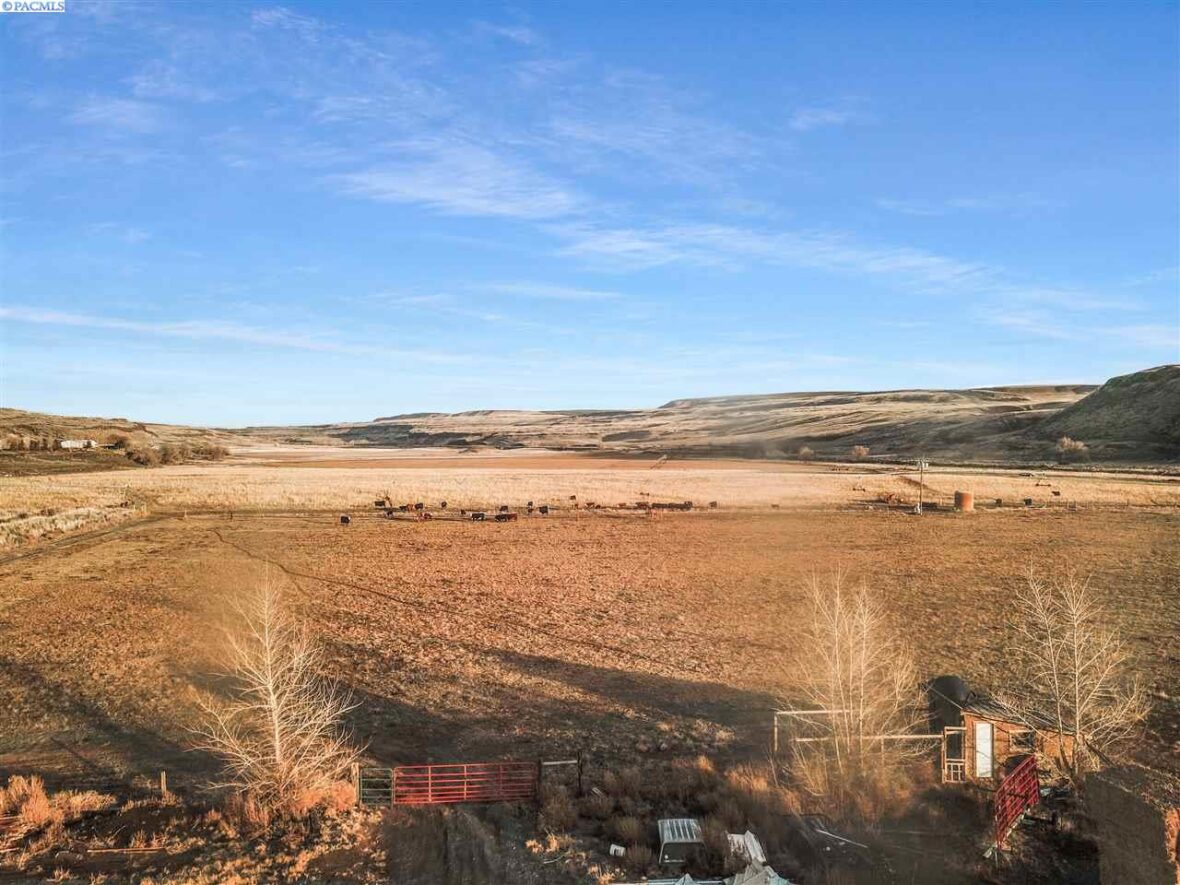Kahlotus is a city in Franklin County, Washington, United States. The population was 193 at the 2010 census. Take a look below for 20 crazy and interesting facts about Kahlotus, Washington, United States.
1. The Washington State Office of Financial Management’s 2015 estimate placed the population at 190.
2. The first organized settlement of Kahlotus was by German immigrants, imported by the railroads, in around 1880.
3. Among these settlers were several locally recognized pioneer families, including Hans Harder, who first platted the town in 1902 under the name “Hardersburg”.
4. The town was later renamed Kahlotus. The meaning of the word “Kahlotus” is uncertain. It is believed by many that it is a Native American word meaning “Hole in the ground.
5. A third possibility is that the town was named for a Palouse tribal chief and signer of the Yakima Treaty of 1855.
6. His name appeared with various spellings, including Kohlotus, Quillatose (by future governor Isaac Stevens), Qalatos, and Kahlatoose.
7. Harder’s platting of the town coincided with the reinstatement of service on the Oregon & Washington Railroad & Navigation line between LaCrosse and Palouse Junction (now Connell), crossing the north end of town parallel to present-day Highway 260.
8. Soon after, the Spokane, Portland & Seattle Railroad began construction on a second railroad on the south shore of nearby Kahlotus lake, including tunnels through the basalt cliffs near the southeast corner of town. Kahlotus was officially incorporated on May 31, 1907. The town boomed during construction of the railroad, local legend claims that nearly 20 saloons, a bank, newspaper, brothels, and other businesses appeared to serve the rail crews.

9. Dryland farming has historically constituted the majority of the local economy. Relatively little irrigated agriculture occurs in the area, supported by local wells. The Columbia Basin Irrigation Project does not deliver water to Kahlotus.
10. In 1969, the initial phase of the Lower Monumental Dam was completed nearby, bringing more electricity and water for irrigation, but inundating the nearby Marmes Rockshelter.
11. The dam also made the Snake River navigable, allowing grain to be barged downriver rather than being carried by train.
12. Within a few years, the railroad through the north end of the valley was abandoned and removed.
13. The Burlington Northern tracks along the south end of the lake bed and Devils Canyon were abandoned and removed in the late 1980s, and the right of way became part of the Columbia Plateau Trail State Park.
14. Kahlotus lake, near the east edge of town, was a highly alkaline, spring fed lake and was once a popular fishing spot full of bass and crappie. Several times in the early 20th century, the lake swelled with runoff and flooded the lower-lying portions of town. However, the lake shrank rapidly through the 1990s, and by 2000 only a small marshy area remained at the east end of the lake bed, far from town.
15. Most likely, the lake disappeared due to a combination of several consecutive years of below average rainfall and increases in irrigation withdrawals within the valley.
16. The Kahlotus School District is located in Southeastern Washington, 45 miles NE of Pasco, Washington.

17. The residents of the district are involved in cattle and wheat farming. A number of people in the district work for governmental agencies: Corps of Engineers at Lower Monumental Dam, Lyons Ferry Fish Hatchery, and Coyote Ridge Corrections Facility.
18. There has never been a graduating class larger than 12 in the almost 100-year history of the district. The first schoolhouse was built in 1916 and was a two-story school house that housed every class from 1916–1954. The graduating class of 1955 enjoyed the new building completed in 1954 at its present site.
19. Renovations have been completed over the years with extensive upgrades in the 1990s and 2000s. The Senior Class of 2012 only had 2 students, while the Classes of 2013 and 2014 had 3 graduates.
20. According to the Köppen Climate Classification system, Kahlotus has a semi-arid climate, abbreviated “BSk” on climate maps.




